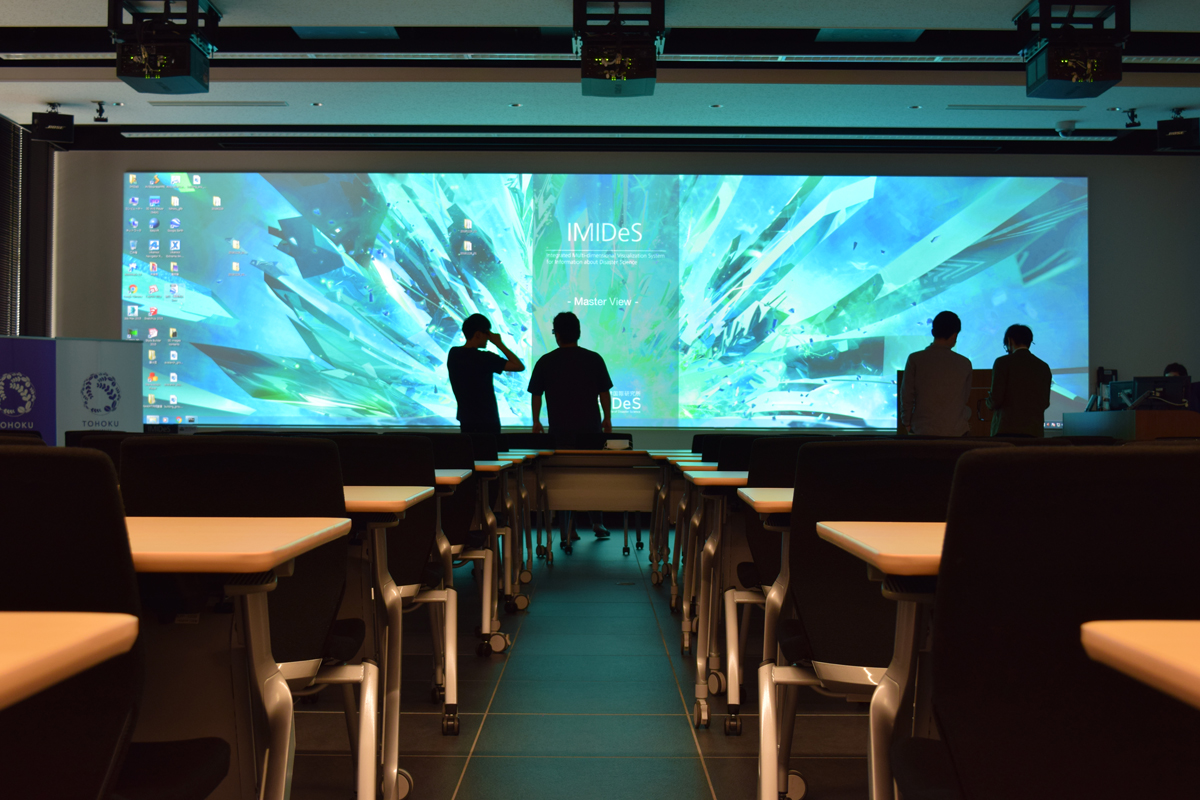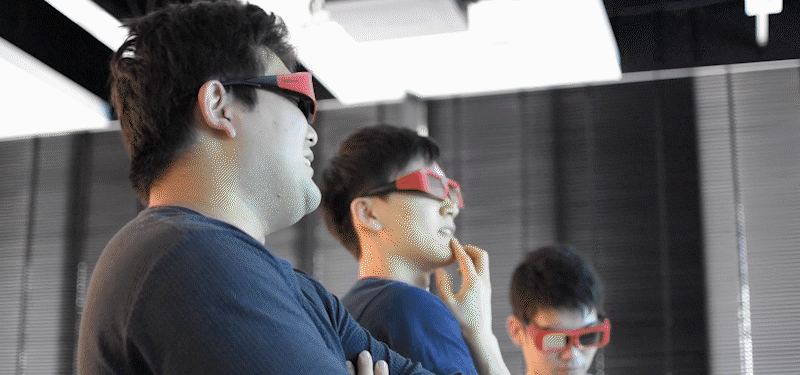Every time we encounter catastrophic disasters, a lot of time and effort is expended in the reconstruction process. Prediction of the damage and preliminary evaluation of countermeasures are essential for minimizing the damage of future disasters and establishing resilient and sustainable cities. Based on this perspective, numerical simulations are powerful tools to reduce the damage of disasters. Our laboratory develops numerical methods and models that contribute to disaster prevention and mitigation.
We develop numerical methods and models using the knowledge accumulated in various research fields, such as structures, fluids, soil, and rocks. To be more specific, these include structural deterioration and destruction analyses, optimization design methods, slope disaster simulations, numerical simulations-aided probabilistic risk analyses, multi-scale and multi-physics simulations, and structure-fluid-soil coupled analyses. These research topics are studied by combining the computational mechanics with knowledge of other research fields.

Seismic response analysis of steel bridge
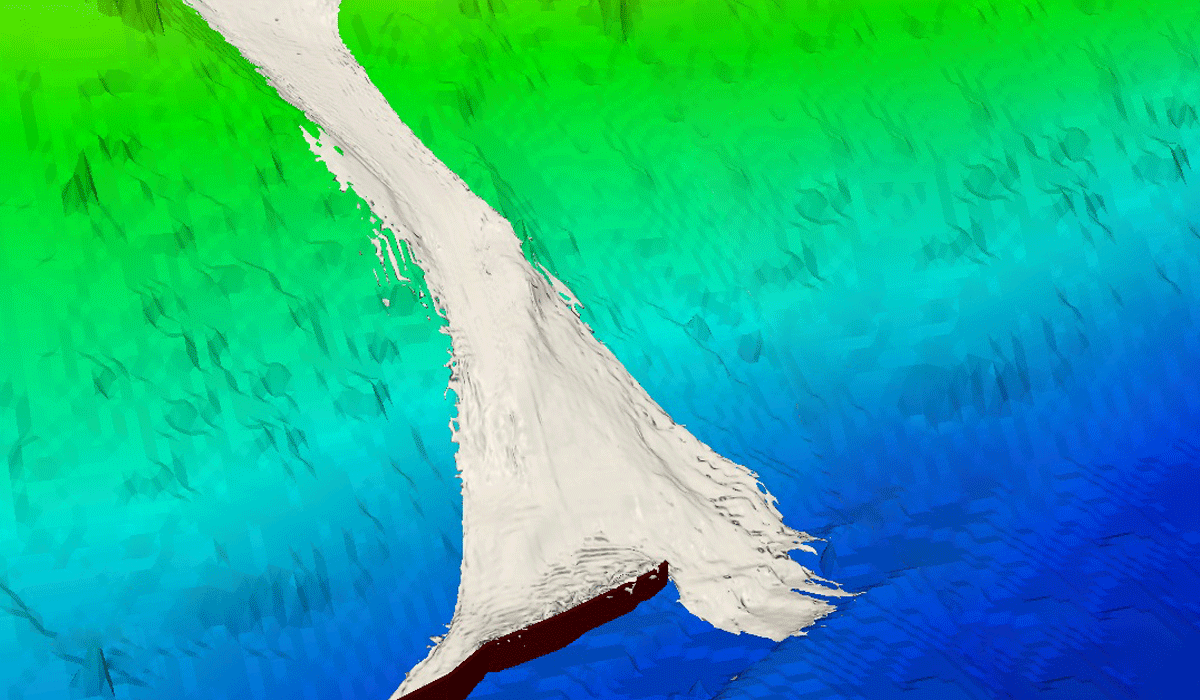
Flow simulation of snow avalanches
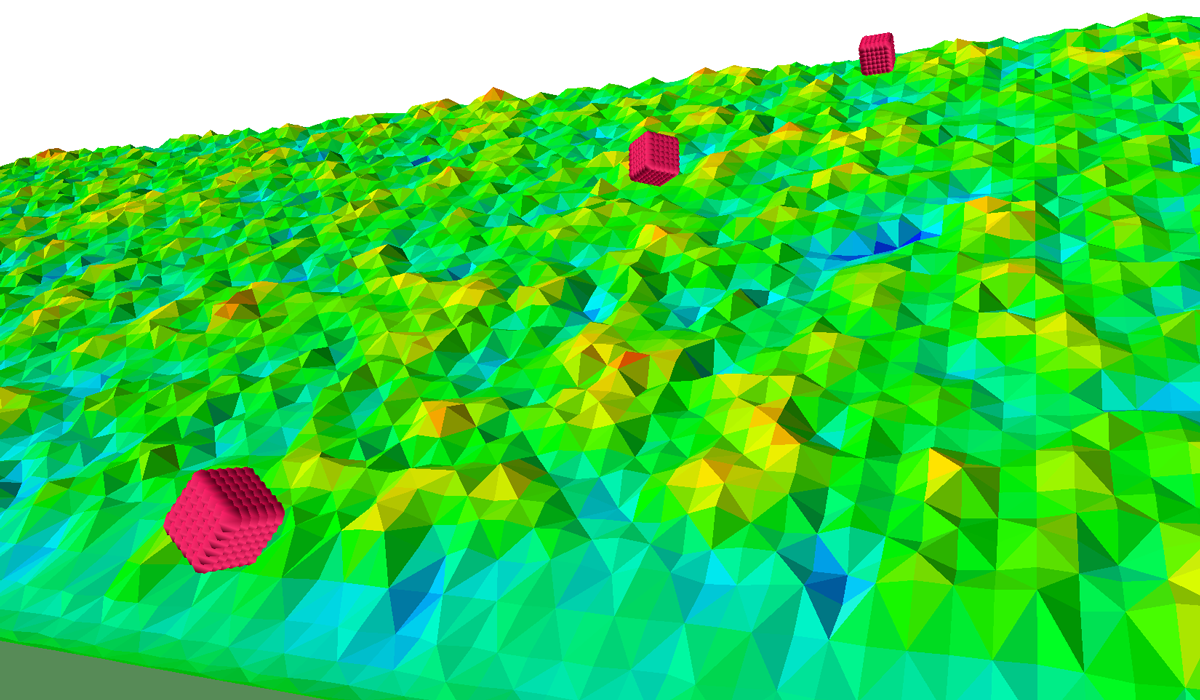
Probabilistic rockfall simulation

Fruid-structure interaction analysis
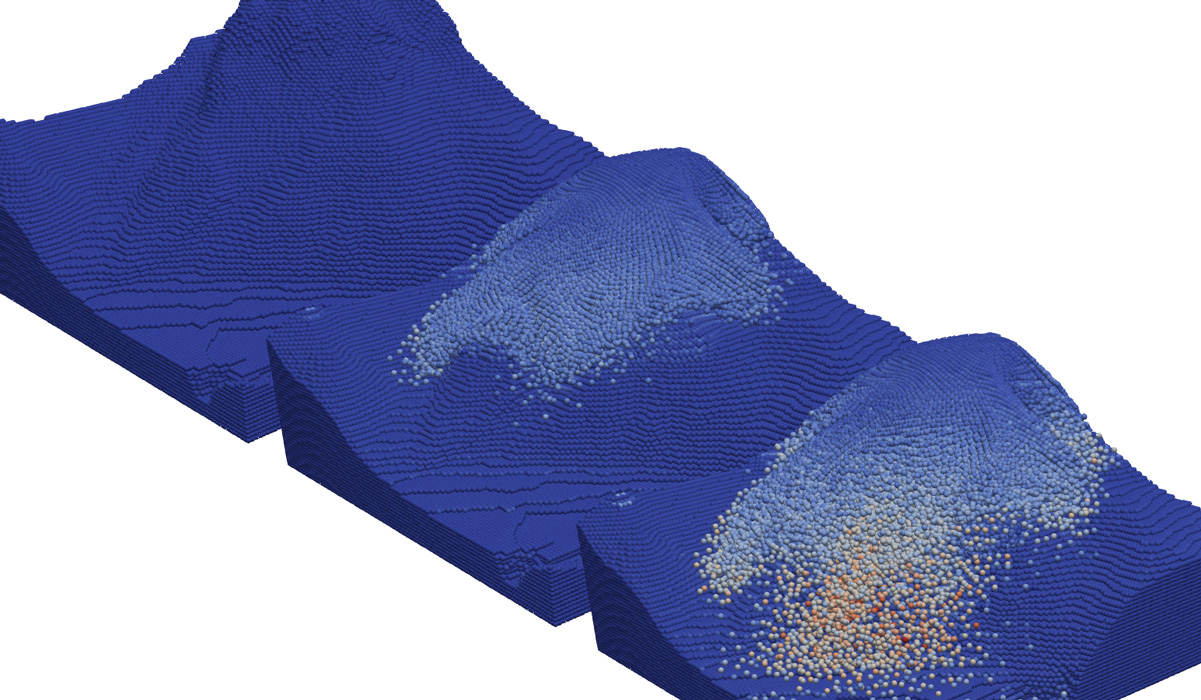
Simulation of soil deformation & flow
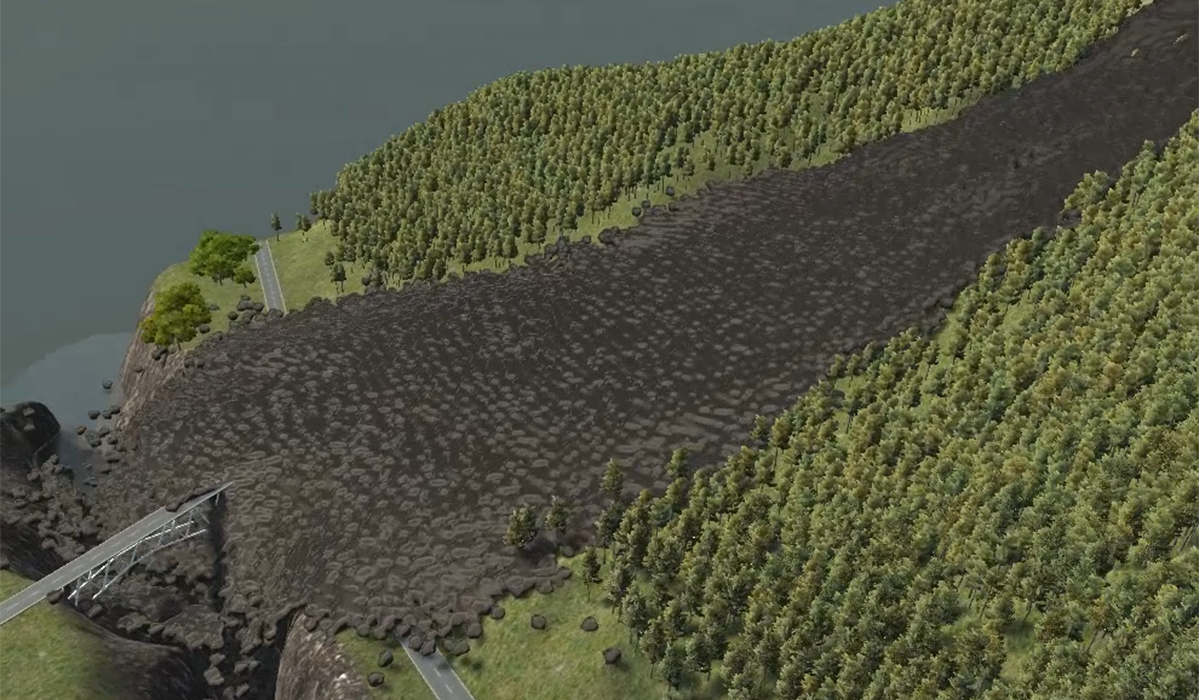
Landslide simulation considering the impact on the bridge
Deep understanding and accurate modeling of material behavior are essential to predict destruction or deterioration of structures and to develop design optimization methods. Our laboratory develops constitutive equations for a variety of materials (i.e. thermoplastic resin, concrete, rock, metal) and produces numerical analysis methods in view of the maintenance of structures or disaster prevention.
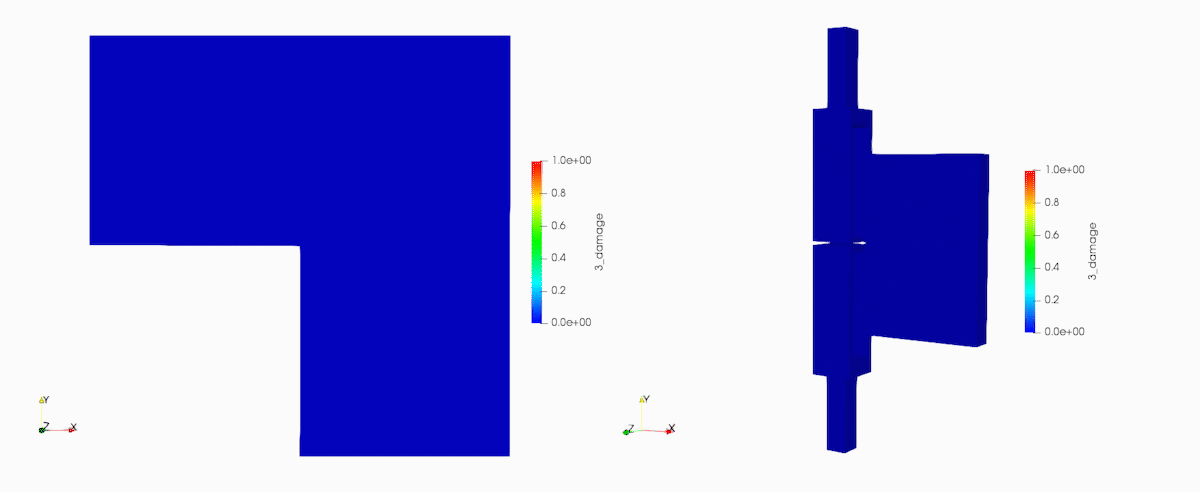
Our laboratory tries to evaluate tsunami risk using highly developed numerical simulations. We have proposed some numerical frameworks to solve complex engineering problems related to tsunamis, such as a flow simulation of tsunami debris, an evaluation of disaster mitigation effect of coastal forest, and a probabilistic tsunami risk assessment based on numerical simulations. This research supports the development of tsunami disaster prevention.
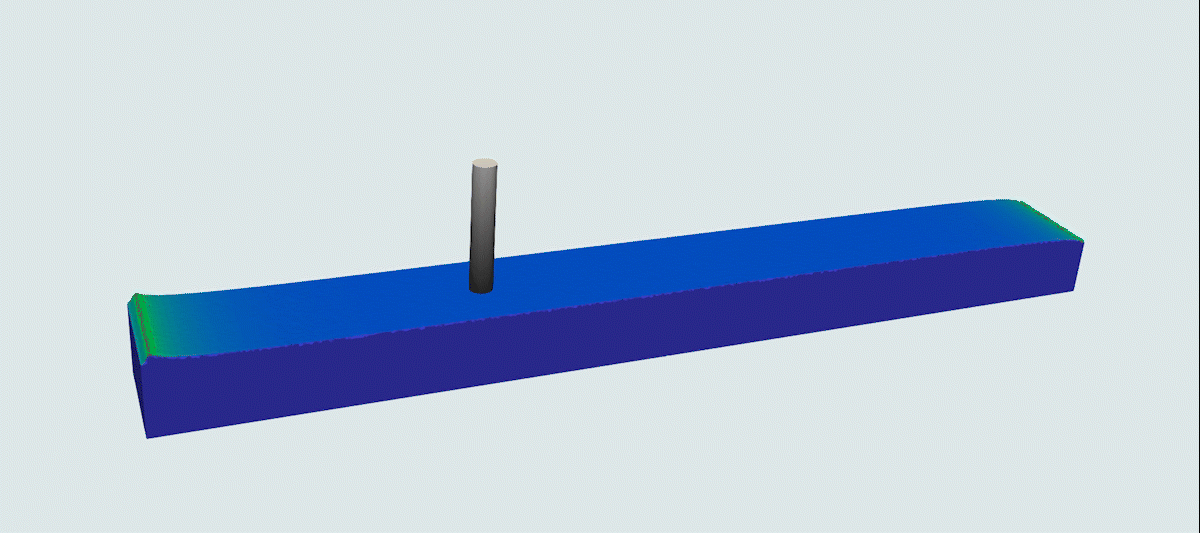
Japan has a high risk of slope disasters because 70% of the land area is mountainous, and heavy rain and earthquakes often occur. Therefore, our research lab develops numerical simulations to model slope failures, soil avalanches, rockfalls, and snow avalanches. These simulations have been utilized to solve many engineering problems.
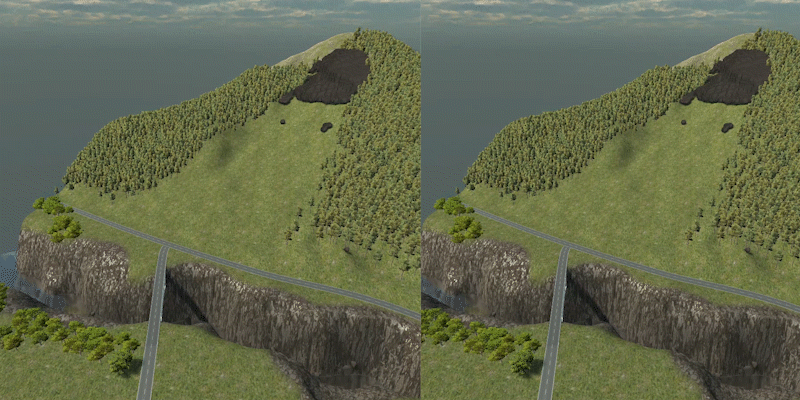
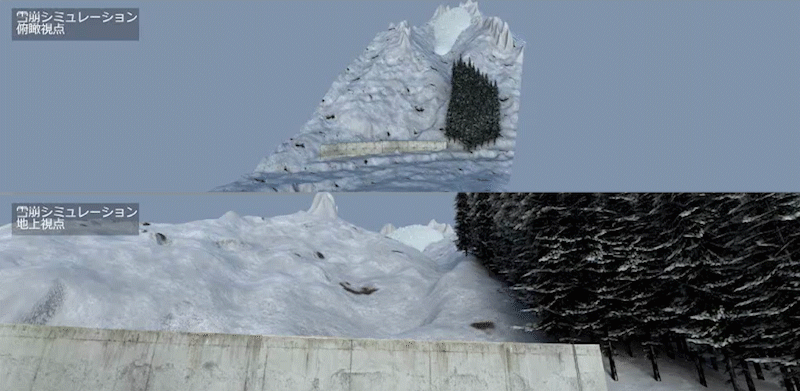
Our laboratory develops 3D visualization technologies to observe results of disaster simulations, field surveys, and information about disaster prevention and mitigation.
